With SEGA’s Virtua Racing out now on Nintendo Switch as part of the SEGA AGES line up, we would like to indulge newcomers on 10 trivial facts on the development of AM2’s arcade racing classic, courtesy of SEGA. To know more on Virtua Racing’s development, be sure to click the jump after the break.
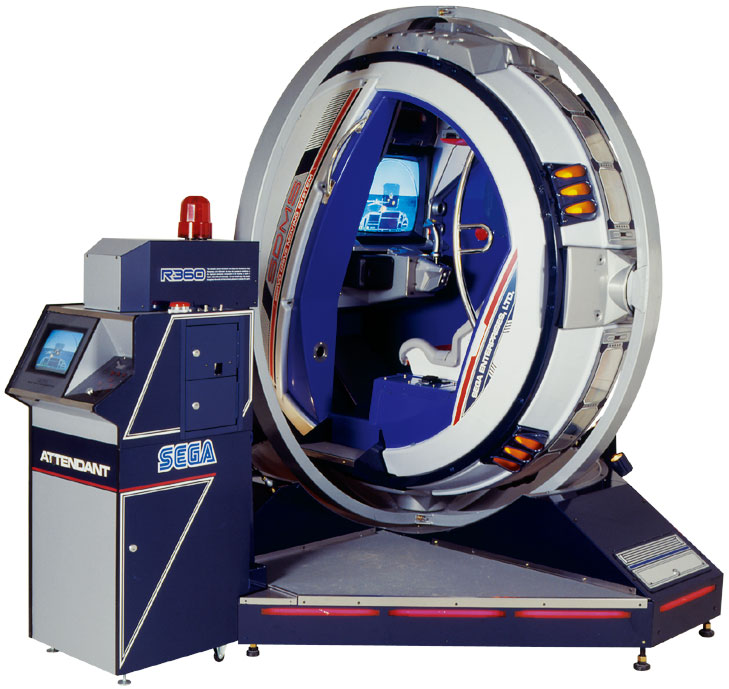
1: This is a title that succeeds Yu Suzuki’s G-LOC in the virtual gaming series and is SEGA’s first game that fully implemented 3D polygons.
2: Upon the game’s development, Yu Suzuki’s vision was materialized in the form of the MODEL 1 Board.
3: The experience acquired from developing this game laid the foundation for Virtua Fighter.
4: Ranging from Driver’s-Eye View (camera angle from the driver’s perspective showing the steering wheel) to Bird’s-Eye View, the concept of switching between the game’s 4 types of fixed camera angles became a topic of discussion.
5: The title was originally released as a one-player game. The game introduced the now widely known 16:9 widescreen ratio to the gaming industry.
6: Shortly after the initial release, the twin cabinet was introduced which allowed 2 to 8 players to experience the competitive element of the game. Grand Prix Mode was also added, which was accessible by the DIP Switch settings.
7: Grand Prix not only merely added more circuits but also animation that showed the wear-and-tear of the tires. The rate of wear-and-tear on the tires was increased when driving off-road, but even driving within the course caused normal wear, resulting in the incremental deterioration of the steering. Entering the pit allowed switching tires as well as determining the timing of this switch, which was a rare feature and was well-received. However, this feature was added later on, so the intermediate courses didn’t even have a pit. This excluded the ability to switch tires while playing these courses in Grand Prix Mode, which greatly diminished the fun of the game.
8: This title was originally planned around the theme of classic cars, but Formula One racing was very popular internationally at the time, which shaped the end-product to revolve around F1 cars.
9: The game included various in-game background mechanics such as palm trees that dropped their fruit if players collided into them or gates that would open up detours if players went in reverse.
10: The palm trees that appear in this game became an AM2 trademark, which were subsequently used in Virtua Fighter.
There you have it! Now that everyone knows how the classic SEGA arcade racer came to be, be sure to check out SEGA AGES Virtua Racing on Nintendo Switch for only $7.99 and try out 8 player racing with friends.
Ad:
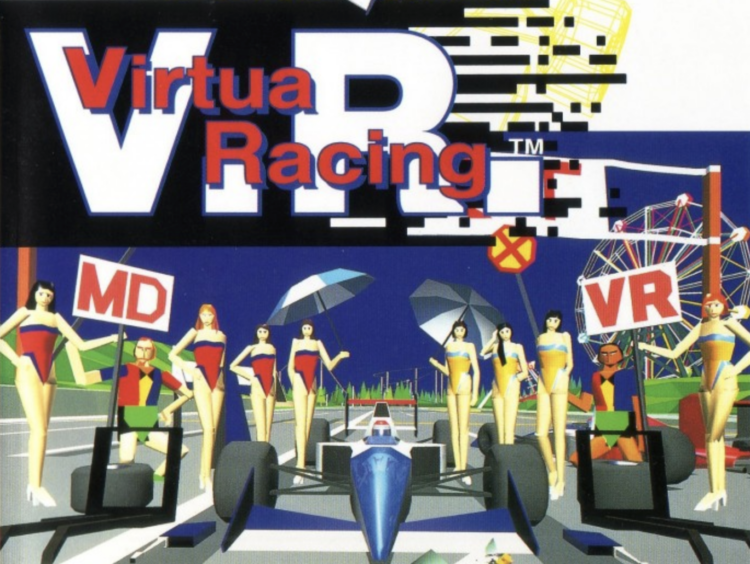
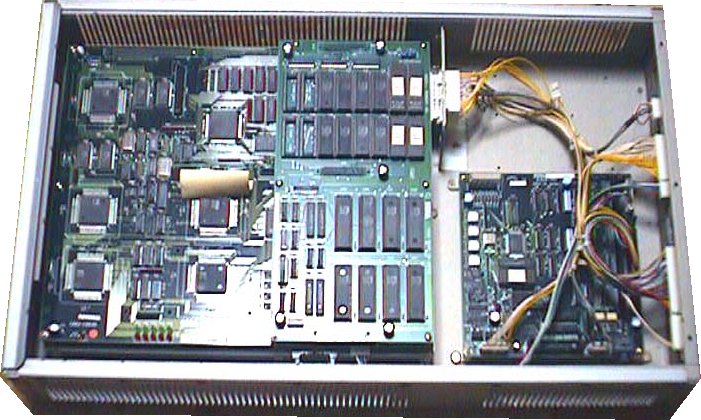
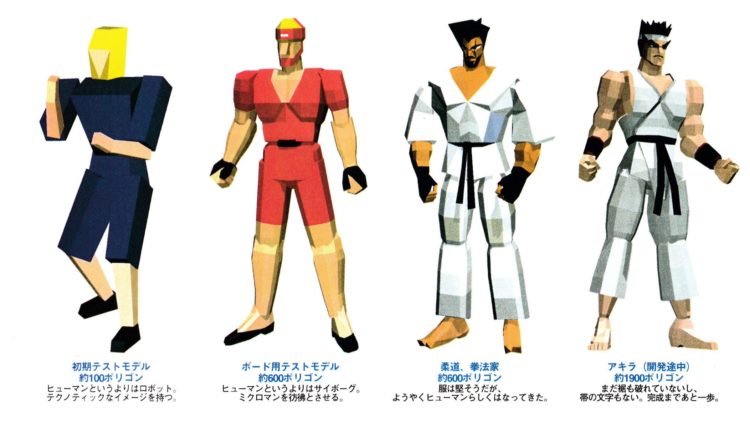
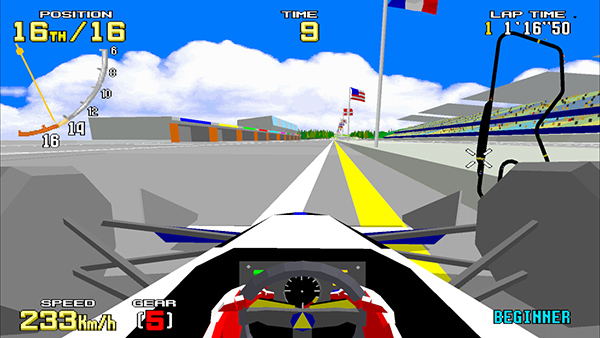
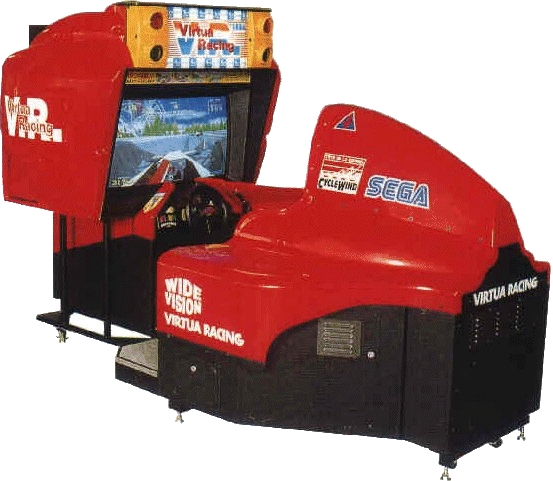
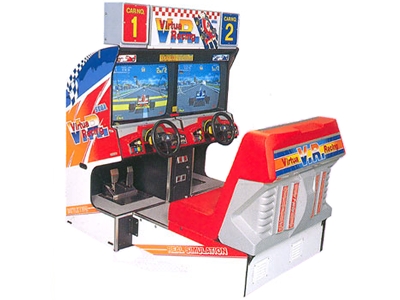
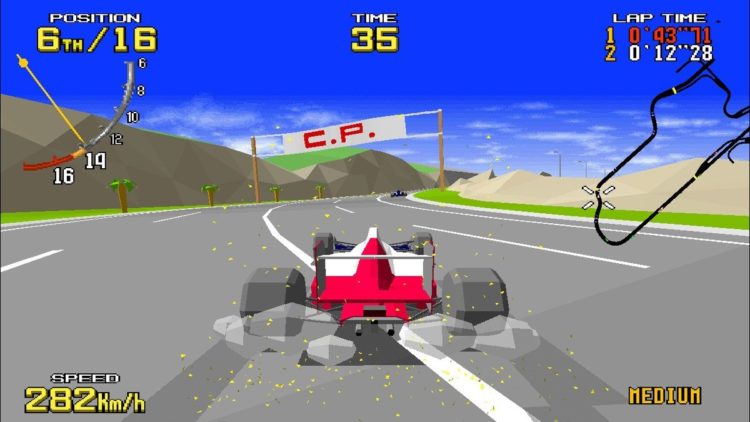
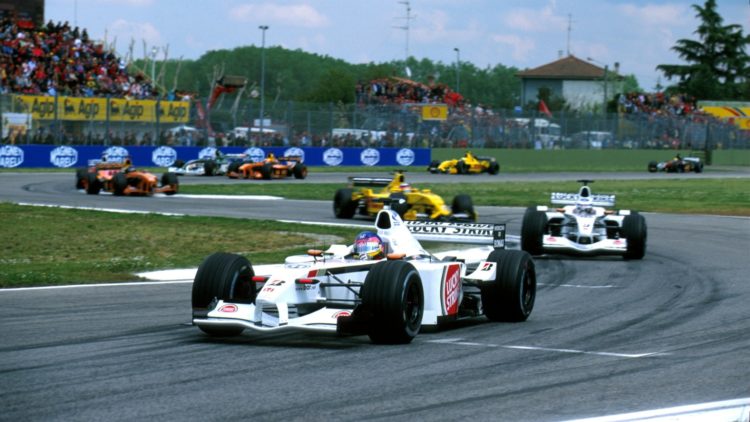
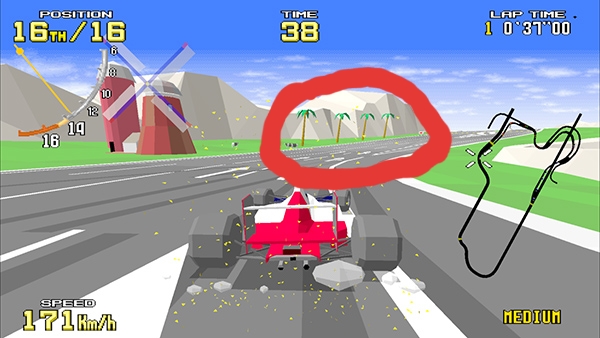

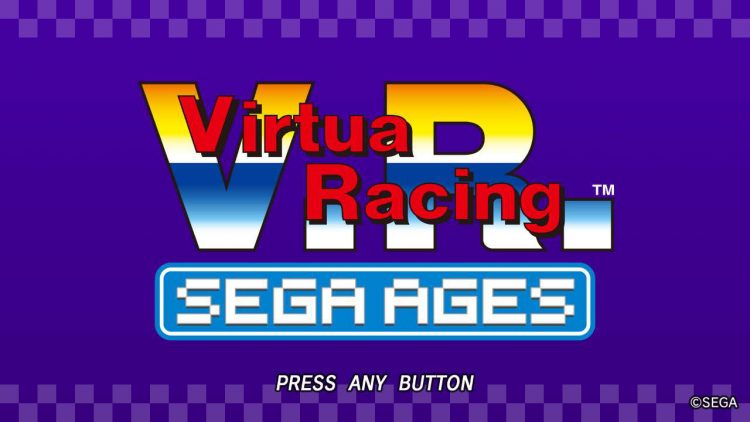




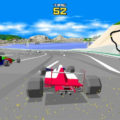
Virtua Racing is very underrated so I’m very happy that it’s getting more attention now. I just wish they’d release these outside of Nintendo’s console. I refuse to pay for anything made by Nintendo, much less a gaming tablet.
I thought the AM2 logo was inspired by Out Run’s Palm trees
That palm tree would also become a fighter in Fighters Megamix. Not being acquainted with all this knowledge back when I gained a Saturn, it was really confusing having a palm tree as a fighter.
Didn’t the palm trees originate in games like Out Run?